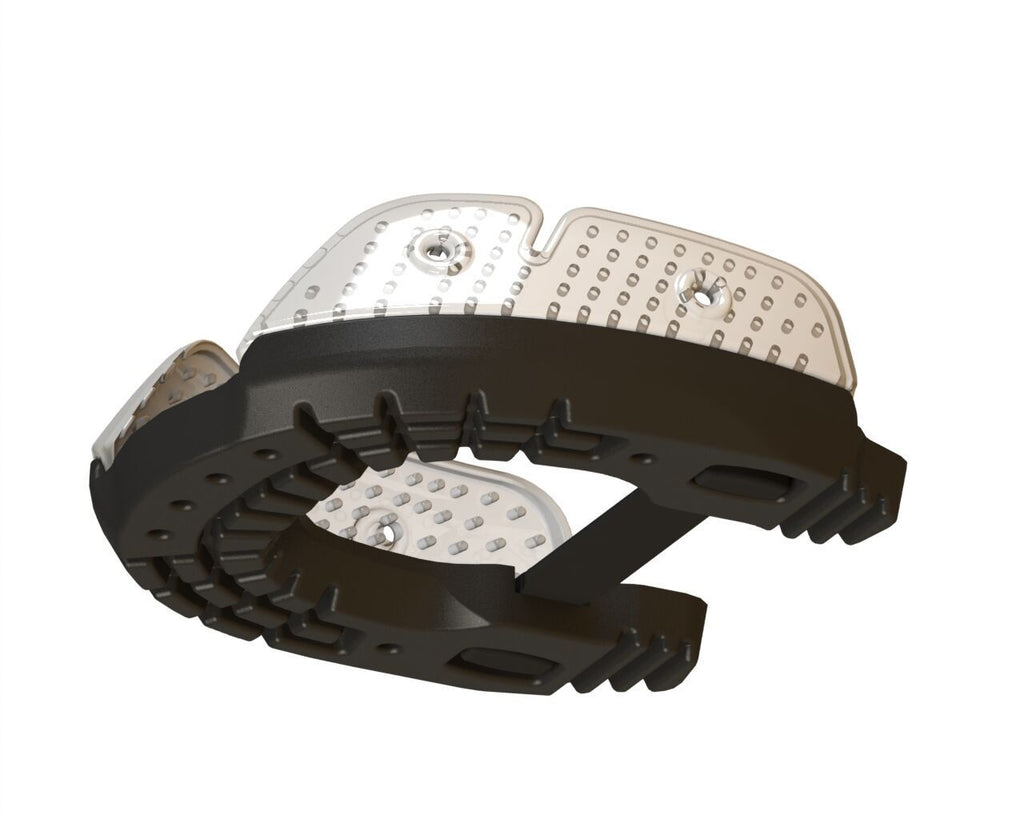Horseshoe Materials Throughout The Years
The horseshoe goes back thousands of years but not in the way we know it now. Though some of the first horseshoes used by ancient Asian and then Roman riders were made of leather, the technology has changed and developed over centuries to include metal and now even plastic/composite horseshoe materials. century, iron shoes were generally used. With the most changes being seen in the last century, we now have access to a variety of materials meant for a variety of functions.
By 1000 A.D., the use of cast bronze horseshoes was common in Europe and, by the 14th century, iron shoes were generally used. With the most changes being seen in the last century, we now have access to a variety of materials meant for a variety of functions.
Steel vs. aluminum 
Most horseshoes are made from steel or aluminum. The material is chosen depending on what function the shoe is going to perform as well as what job the horse will be performing. The material that is chosen will have a large impact on the horses’ performance, overall stability and hoof health. Steel is heavier and very sturdy, while aluminum shoes are lighter but tend to have to be replaced more often. Heavy horses that are driven or worked need a more hard-wearing shoe as do horses that do a lot of high impact work like jumping or trails and may benefit from a sturdier shoe. Horses that spend most of their time on soft footing won’t need to worry as much about having a sturdy shoe and may benefit from a softer aluminum shoe. There are manufacturers that make a rubber-coated steel shoe, which has the benefit of more grip and cushioning for the horse. The structure of the hoof will also play a big part in what kind of shoe the horse can wear. Thin-walled hooves can be softer and may require a different shoe than that of a thicker walled hoof that is naturally harder. Steel shoes will wear down less quickly and you will get longer use out of them where aluminum shoes are softer, wear down quicker and will need to be replaced sooner.
Plastic/composite horseshoes 
Plastic or composite horseshoes have been on the market for 20 years or more and are made from a number of composites that are designed to replicate the hardness of a healthy horses’ natural hoof. Some plastic shoes have a steel or aluminum core and some are composite materials only. They can reduce concussion and improve traction. composite horseshoes with no steel or aluminum core offer significantly more shock absorption for those horses on street surfaces such as the carriage or police horses. They are lightweight and flex with the horses’ foot, come in a variety of sizes to support the hoof structure and can be trimmed by your Farrier for a custom fit. They can be glued or nailed on so they are beneficial to horses with many different hoof structures and also different hoof problems. Composite shoes are durable, lighter weight and can aid in reducing discomfort from a variety of chronic conditions such as ringbone, laminitis and navicular disease. Thermal imaging studies also confirmed improved overall circulation.
There are a lot of options out there and knowing what is right for your horse, and their feet can make all the difference in their performance and overall hoof health.

